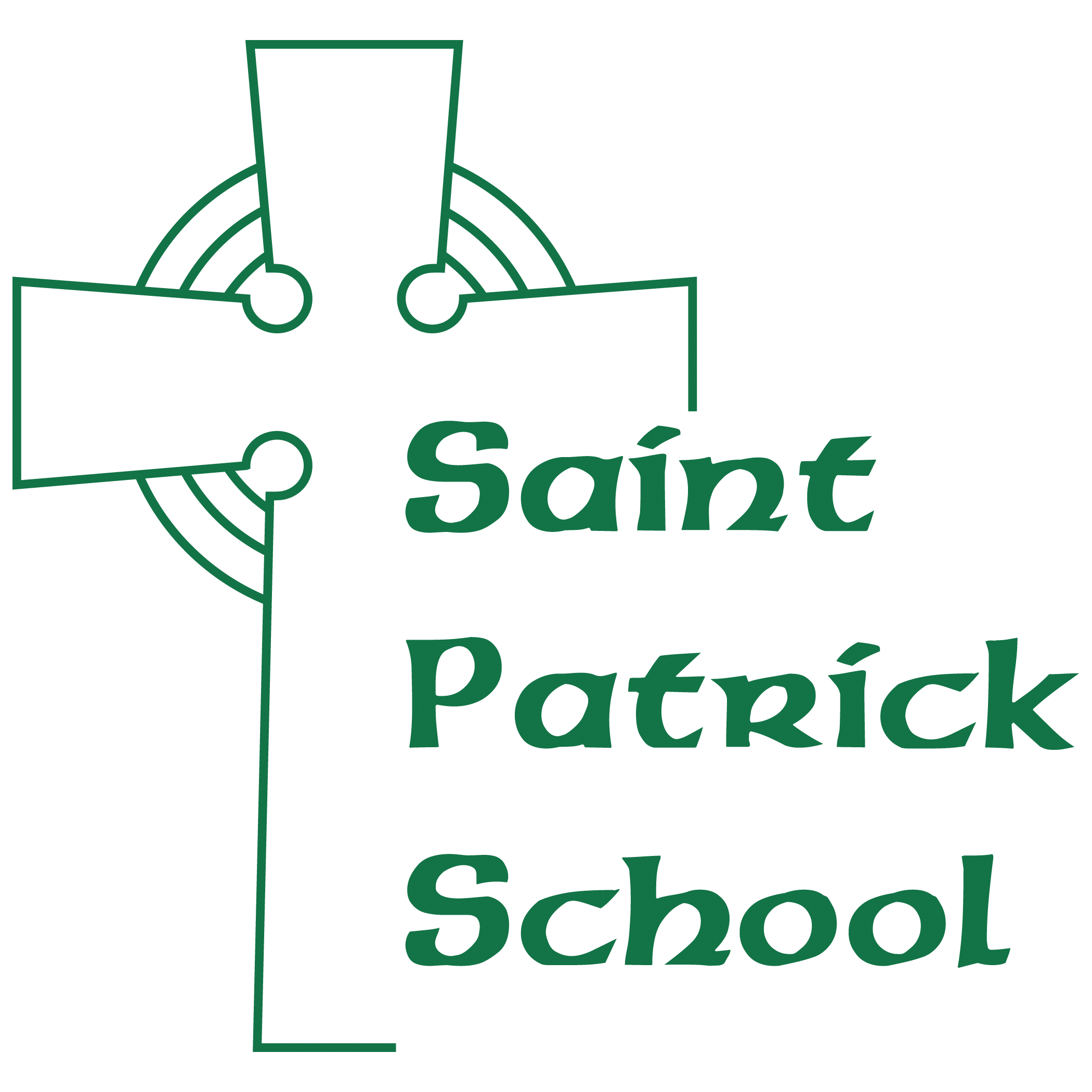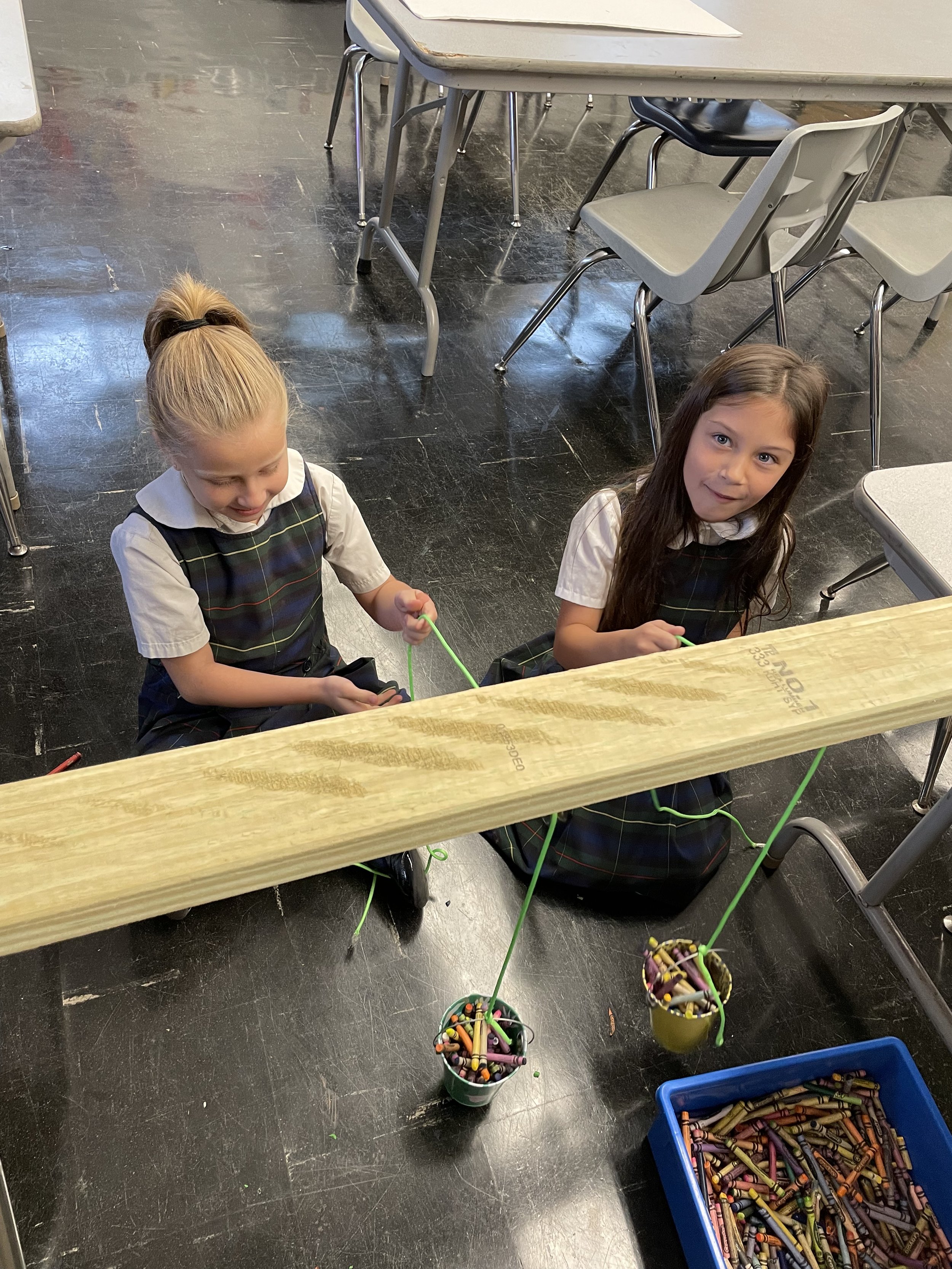STEAM stands for Science, Technology, Engineering, Art, and Math. It incorporates collaboration, design, building, critical thinking, problem solving, and the important skill of failing and trying again. STEAM provides the skills needed for real-world experiences. Though STEAM might seem like a relatively new program, it was actually first introduced by the National Science Foundation nearly 20 years ago.
At St. Patrick School, STEAM adds rigor, energizes the classrooms and turns students into creative thinkers, communicators, and collaborators. In this class, students identify real world problems (that are often engineering challenges) and intentionally integrate meaningful science, technology, visual design, and math content to solve the problem as they work together as a team.
The STEAM program is meant to foster student innovation, higher order thinking skills and technological literacy. It will also prepare, and encourage, more students to pursue STEAM related careers. Students love working together on things like gardening, working toward environmental sustainability, scale models, robotics, computer programming, and coding to name a few.









